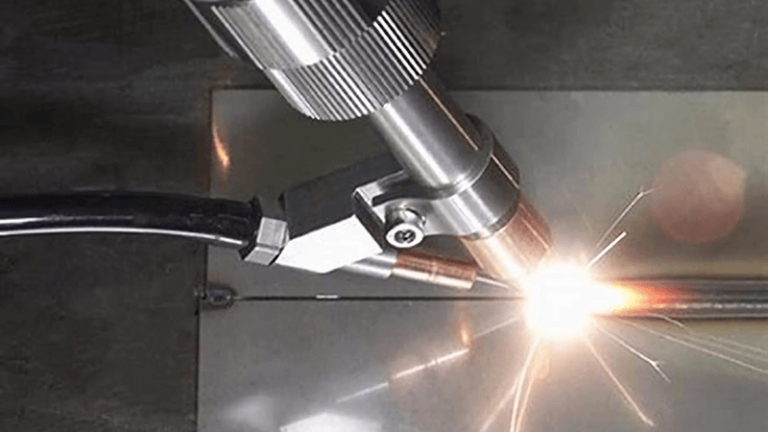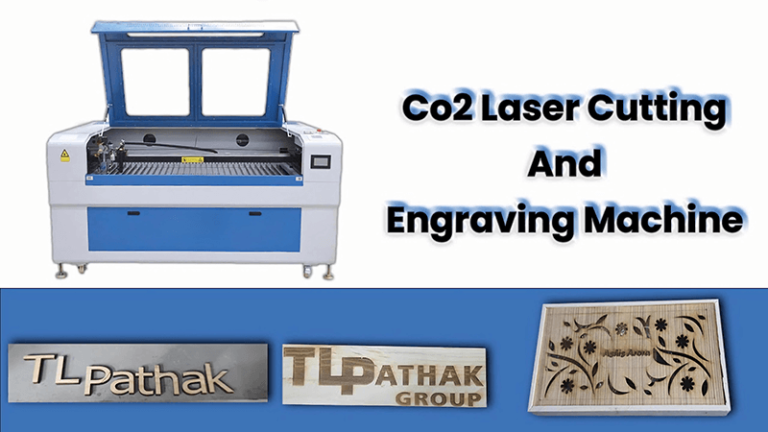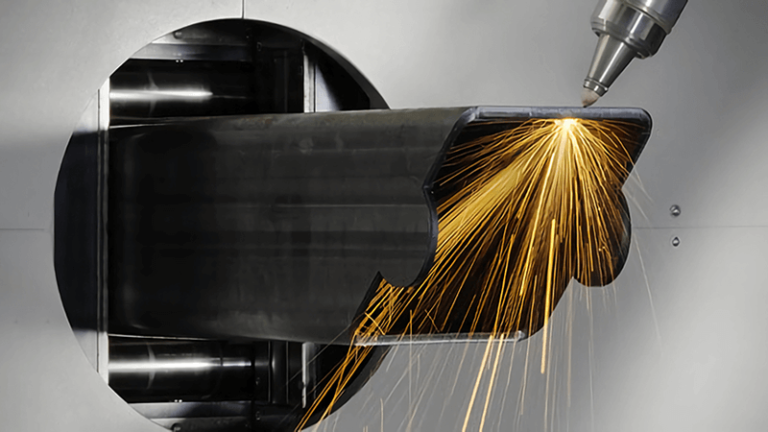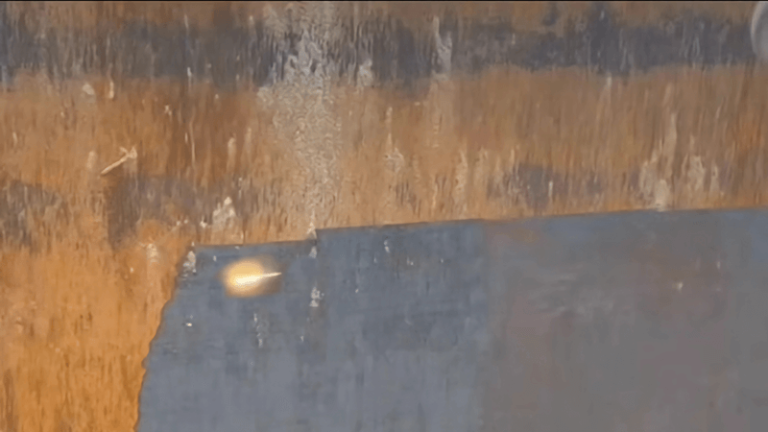Laser welding or arc welding? If you're stuck choosing between the two, you're not alone. Many manufacturers wrestle with this decision, trying to balance speed, quality, and cost.
Laser welding machines offer pinpoint accuracy, faster cycles, and lower heat distortion—while arc welding cells thrive with thick, structural parts. At Kirin Laser, I’ve seen both shine, but when precision matters, laser wins.
When one of our automotive clients came to us with constant seam issues on aluminum parts, we introduced a Kirin laser welder. Their defect rate dropped by 40%. They didn’t just improve production—they changed how they thought about welding.
Let’s unpack the key differences, application scenarios, and when you should lean into laser or stick with arc.

What is the difference between arc welding and laser welding?
Arc welding has history. Laser welding has precision. So, which one fits your workflow?
Arc welding uses an electric arc to melt metals together, while laser welding uses concentrated light. Laser offers greater precision, less distortion, and faster welding for thin or reflective materials.
Process Comparison: How They Work
| Feature | Arc Welding1 | Laser Welding2 |
|---|---|---|
| Heat Source | Electric arc | Fiber/diode laser beam |
| Precision | Moderate | Very high |
| Heat-Affected Zone (HAZ) | Large | Minimal |
| Welding Speed | Slower | Faster |
| Material Suitability | Thick, structural metals | Thin, reflective, or delicate metals |
| Operator Skill | Requires more hands-on control | Can be automated easily |
Why It Matters in Manufacturing
At Kirin Laser, we serve industries that can’t afford inconsistency—like electronics, auto, and aerospace. These sectors demand tight seams, controlled heat, and high repeatability. Traditional arc welding can struggle here. Laser welding, on the other hand, gives a focused beam that minimizes distortion and allows precise, repeatable joints.
Arc welding still rules when you're dealing with heavy steel frames and rugged outdoor environments. But for speed, cleanliness, and finesse? Laser’s got the edge.
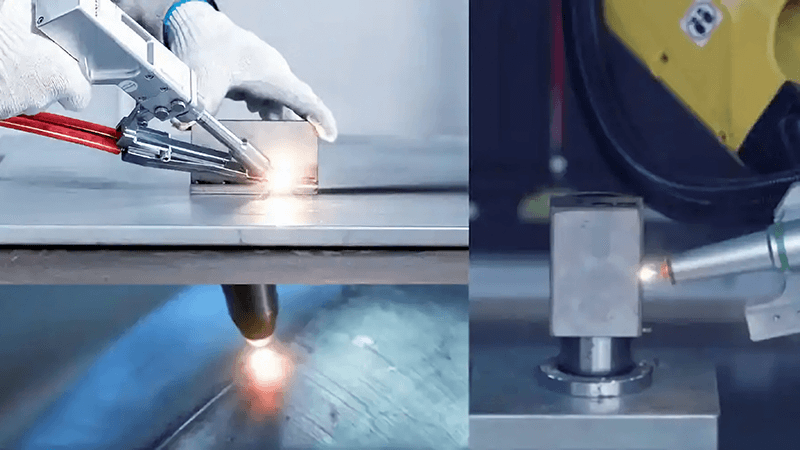
Does laser welding produce the same welds as MIG welding?
It depends on what you're after—strength, speed, appearance? They're not twins, but they can overlap.
Laser welding can match or even exceed MIG welding strength, especially on thin metals. While MIG fills gaps with filler wire, laser relies on precise fit-up and delivers cleaner, more concentrated seams.
Different Styles, Different Outcomes
| Property | MIG Welding3 | Laser Welding4 |
|---|---|---|
| Weld Appearance | Slightly rough, wider bead | Clean, narrow, minimal spatter |
| Heat Input | High | Controlled and localized |
| Gap Tolerance | High (with filler wire) | Low (requires close joint fit) |
| Welding Speed | Moderate | Very high |
| Automation Potential | Moderate | Very high |
What We’ve Learned in the Field
A client once insisted on MIG because that’s what their shop had always used. But they were dealing with thin aluminum enclosures, and the MIG process kept overheating them. We swapped in a Kirin laser welding system. Within a week, weld times dropped by half, and their surfaces no longer warped. Their engineers were shocked by how much smoother the post-processing became.
Laser isn’t just a substitute. In many cases, it’s a step up.
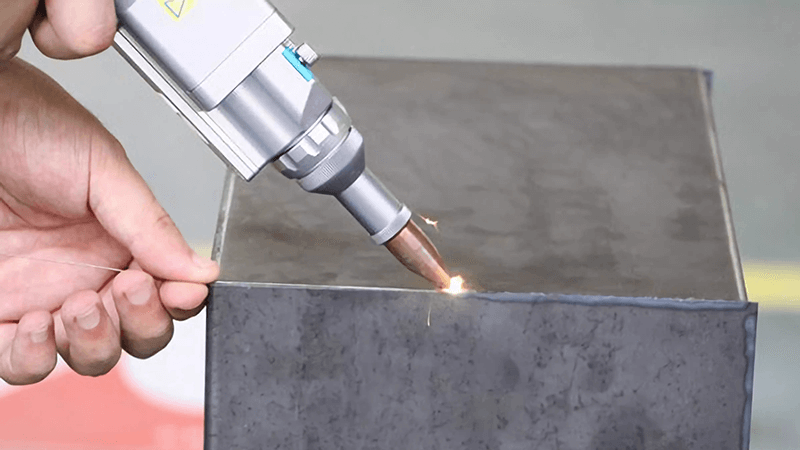
What is the difference between a pulse arc welder and a laser welder?
Both focus energy, but one uses electricity, the other uses light. Their applications don’t always overlap.
Pulse arc welding delivers brief bursts of electric current to fuse metals, often used for precision tasks. Laser welding achieves similar goals using light but with more speed, deeper penetration, and less heat spread.
Technique Breakdown
| Feature | Pulse Arc Welder5 | Laser Welder6 |
|---|---|---|
| Energy Type | Electric pulses | Focused light beam |
| Control | Good for manual, slow applications | Optimized for automation |
| Material Range | Conductive metals only | Wider range, including reflective |
| Joint Quality | Strong, but more surface oxidation | Very clean with less oxidation |
| Portability | Often compact and portable | Varies by machine |
Where Kirin Laser Draws the Line
We get asked this a lot by small repair shops or jewelers. Pulse arc systems are great when you're welding small points—think wires or spot-repairing jewelry. But for industrial applications like battery casings, gear parts, or frames, laser welding offers far better depth control and thermal consistency.
One battery module maker we worked with initially used pulse arc welders for nickel tabs. After switching to laser, they were able to automate the entire line and increase weld consistency by 35%.
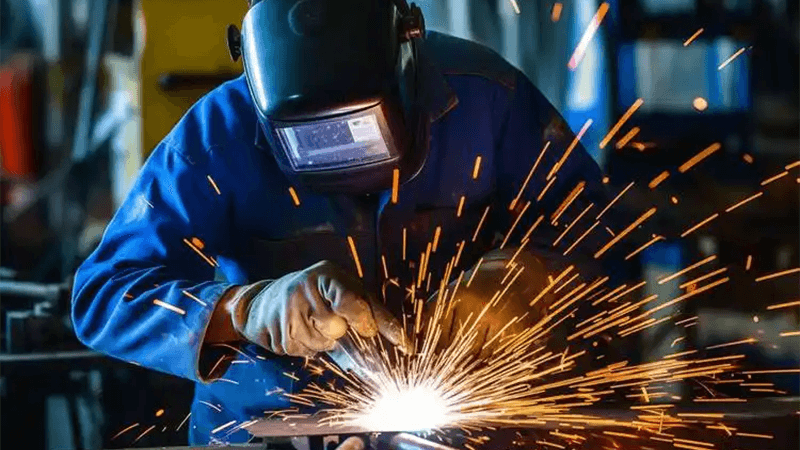
What is the difference between TIG and laser welding?
This is the classic debate—manual finesse versus automated precision.
TIG welding uses a tungsten electrode and filler rod to manually guide a weld. Laser welding focuses a beam of light to achieve the same or better precision, but with greater speed and repeatability.
Detail-by-Detail Breakdown
| Characteristic | TIG Welding | Laser Welding |
|---|---|---|
| Control Level | Very high (manual control) | Extremely high (automated precision) |
| Operator Skill | Requires expertise | Less dependent on operator |
| Filler Usage | Always uses filler | Optional, depending on joint |
| Speed | Slow | Fast |
| Application Flexibility | Good for variety, small batches | Ideal for high volume |
Practical Considerations from the Floor
TIG is still the king in prototyping or short-run production where artistic welds matter—like bike frames or aerospace fixtures. But if you're building 10,000 enclosures a week? TIG slows you down. One Kirin customer in electronics was TIG welding7 power supply boxes. They had to cool between passes and constantly adjust settings. After moving to laser welding8, their throughput doubled.
We kept the TIG machine for prototypes. But production? That went fully automated with a Kirin fiber laser welder.
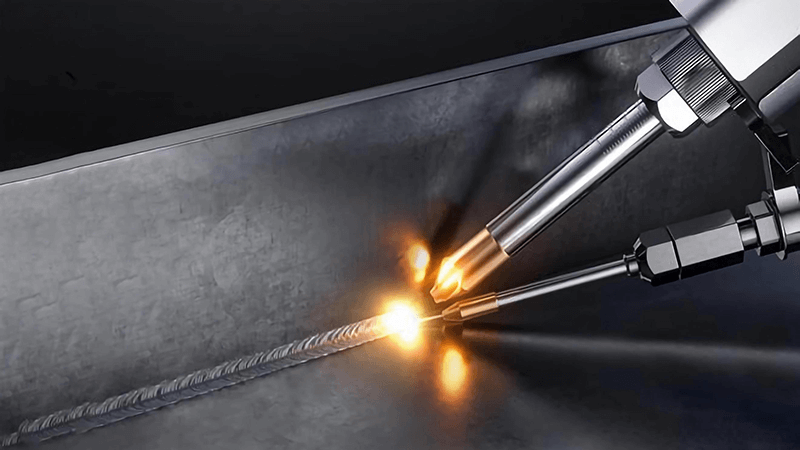
Conclusion
Choosing between arc welding systems and laser welding machines9 isn’t about one being “better.” It’s about matching the right tool to your needs.
Arc welding remains strong, reliable, and forgiving—great for structural work and heavy-duty parts. But laser welding gives you speed, precision, and clean results with minimal rework. At Kirin Laser, I’ve helped clients move from “good enough” arc welding to scalable, repeatable laser solutions that elevated their entire production line.
You don’t have to choose just one. But when precision matters, laser delivers.
-
Discover the critical role of Arc Welding in heavy industries and its benefits for structural integrity and durability. ↩
-
Learn about the applications of Arc Welding to see how it remains essential for heavy-duty projects and structural integrity. ↩
-
Discover the pros and cons of MIG Welding to make informed decisions for your welding needs. ↩
-
Explore this link to understand how Laser Welding can enhance efficiency and quality in your projects. ↩
-
Explore this link to understand the unique benefits of Pulse Arc Welders, especially for small-scale applications. ↩
-
Discover how Laser Welders enhance efficiency and precision in industrial settings, making them a game-changer. ↩
-
Explore this link to understand why TIG welding is preferred for artistic and precise applications, especially in prototyping. ↩
-
Discover how laser welding can significantly enhance production speed and efficiency, making it ideal for high-volume manufacturing. ↩
-
Find the best laser welding machine and laser welding solutions from Kirin Laser, clicking this link to get all your need for your business. ↩


